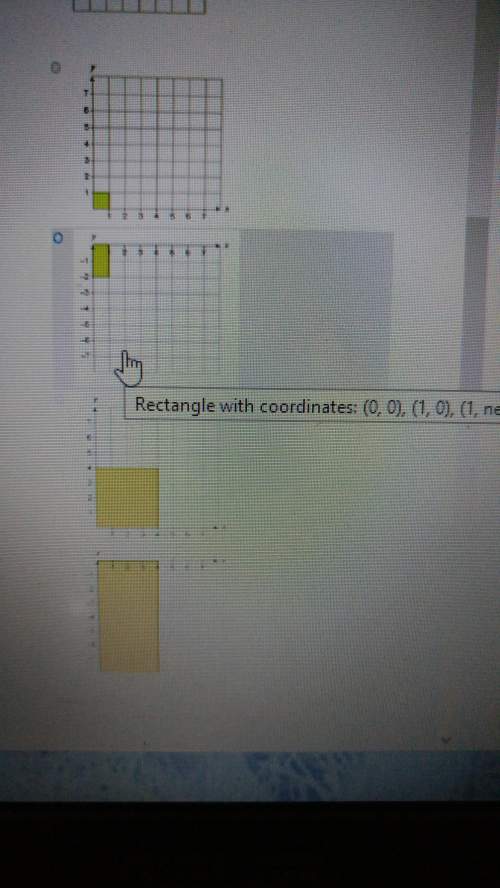

(2 x^3 + 7 x^2 + 5 x + 2)/(x (x + 2))
step-by-step explanation:
simplify the following:
x/x^2 + 3 x + 2 - (x (x + 1))/(x + 2)
combine powers. x/x^2 = x^(1 - 2):
x^(1 - 2) + 3 x + 2 - (x (x + 1))/(x + 2)
1 - 2 = -1:
x^(-1) + 3 x + 2 - (x (x + 1))/(x + 2)
put each term in 1/x + 3 x + 2 - (x (x + 1))/(x + 2) over the common denominator x (x + 2): 1/x + 3 x + 2 - (x (x + 1))/(x + 2) = (x + 2)/(x (x + 2)) + (3 x^2 (x + 2))/(x (x + 2)) + (2 x (x + 2))/(x (x + 2)) - (x^2 (x + 1))/(x (x + 2)):
(x + 2)/(x (x + 2)) + (3 x^2 (x + 2))/(x (x + 2)) + (2 x (x + 2))/(x (x + 2)) - (x^2 (x + 1))/(x (x + 2))
(x + 2)/(x (x + 2)) + (3 x^2 (x + 2))/(x (x + 2)) + (2 x (x + 2))/(x (x + 2)) - (x^2 (x + 1))/(x (x + 2)) = ((x + 2) + 3 x^2 (x + 2) + 2 x (x + 2) - x^2 (x + 1))/(x (x + 2)):
(2 + x + 3 x^2 (x + 2) + 2 x (x + 2) - x^2 (x + 1))/(x (x + 2))
3 x^2 (x + 2) = 3 x^3 + 6 x^2:
(2 + x + 3 x^3 + 6 x^2 + 2 x (x + 2) - x^2 (x + 1))/(x (x + 2))
2 x (x + 2) = 2 x^2 + 4 x:
(2 + x + 6 x^2 + 3 x^3 + 2 x^2 + 4 x - x^2 (x + 1))/(x (x + 2))
-x^2 (x + 1) = -x^2 - x^3:
(-x^2 - x^3 + 3 x^3 + 6 x^2 + 2 x^2 + 4 x + x + 2)/(x (x + 2))
grouping like terms, 3 x^3 - x^3 + 6 x^2 + 2 x^2 - x^2 + 4 x + x + 2 = (3 x^3 - x^3) + (6 x^2 + 2 x^2 - x^2) + (x + 4 x) + 2:
((3 x^3 - x^3) + (6 x^2 + 2 x^2 - x^2) + (x + 4 x) + 2)/(x (x + 2))
3 x^3 - x^3 = 2 x^3:
(2 x^3 + (6 x^2 + 2 x^2 - x^2) + (x + 4 x) + 2)/(x (x + 2))
6 x^2 + 2 x^2 - x^2 = 7 x^2:
(2 x^3 + 7 x^2 + (x + 4 x) + 2)/(x (x + 2))
x + 4 x = 5 x:
answer: (2 x^3 + 7 x^2 + 5 x + 2)/(x (x + 2))
Another question on Mathematics



























